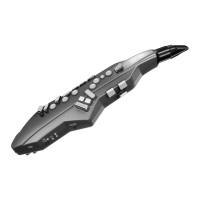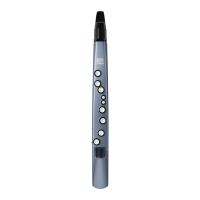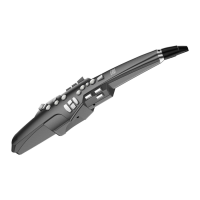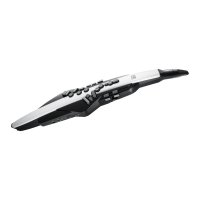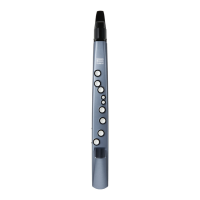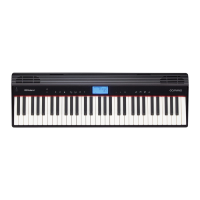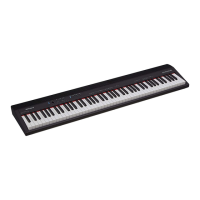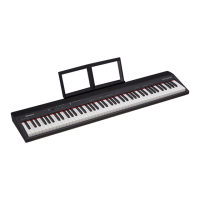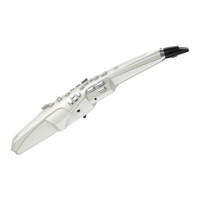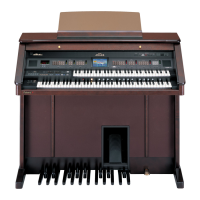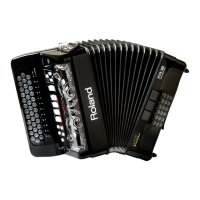6
Before You Play
Selecting a Tone
Use the [TONE BANK] switch and the [TONE] knob together to
select a tone.
Tone List
[TONE BANK] switch
[TONE]
knob
Tone Name
Simplied
Chinese
Traditional
Chinese
English
A
1
二胡 二胡
Erhu
2
曲笛 曲笛
Qudi
3
箫 簫
Xiao
4
唢呐 哨吶
Suona
5
琵琶 琵琶
Pipa
6
马头琴 馬頭琴
Matouqin
7
扬琴 揚琴
Yangqin
8
古筝 古箏
Guzheng
9
葫芦丝 葫蘆絲
Hulusi
10
板胡 板胡
Banhu
11
排箫 排笛
Pan Flute
12
尺八 尺八
Shakuhachi
B
1
次中音萨克斯
次中音薩克
斯風
Tenor Sax
2
长笛 長笛
Flute
3
双簧管 雙簧管
Oboe
4
单簧管 單簧管
Clarinet
5
巴松 低音管
Bassoon
6
小提琴 小提琴
Violin
7
大提琴 大提琴
Cello
8
小号 小號
Trumpet
9
口琴 口琴
Harmonica
10
口哨 口哨
Whistle
11
手风琴 手風琴
Accordion
12
打击乐 打擊樂器
PERCUSSION
Ø For details on the
ngering and the
assignments of
sounds, refer to
the “PERCUSSION”
Assignment at the
end of this manual.
Tone Names
* The number indicated by the
[TONE] knob corresponds to the
names in the tone list. The tone
names are also listed on the battery
compartment cover.
Other Preparations
Make the following preparations as necessary.
Connecting Your Headphones or External Speakers
or
Since the Aerophone GO is equipped with a built-in speaker, it can
produce sound by itself. If you want to connect headphones or an
external speaker, connect them to the PHONES/OUTPUT jack.
* To prevent malfunction and equipment failure, always turn
down the volume, and turn o all the units before making any
connections.
Headphones
Since sound is not produced by the built-
in speaker of the Aerophone GO, this is
convenient for night-time practice.
External speakers
Since this allows high volume to be
produced, it is convenient when you’re performing live for a large
number of people.
Mode Settings
These settings let you control how the strength of your breath
changes the sound, the reverberation depth, the ngering type,
the bite sensor settings and so on.
Ø For details on how to make these settings, refer to “Changing the
Settings” (p. 8).
